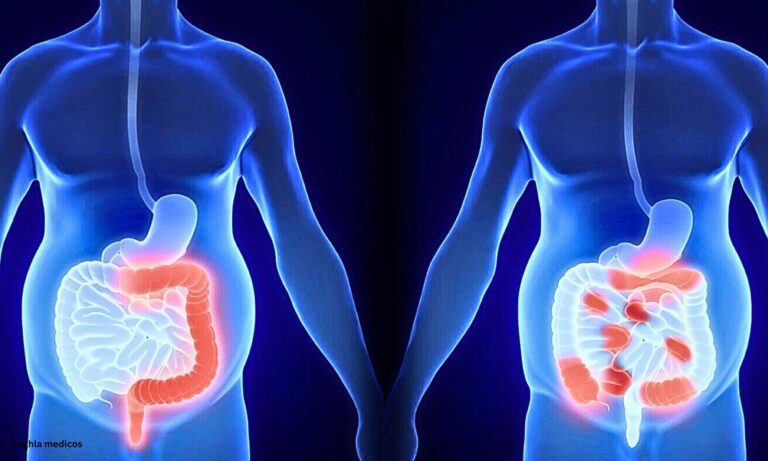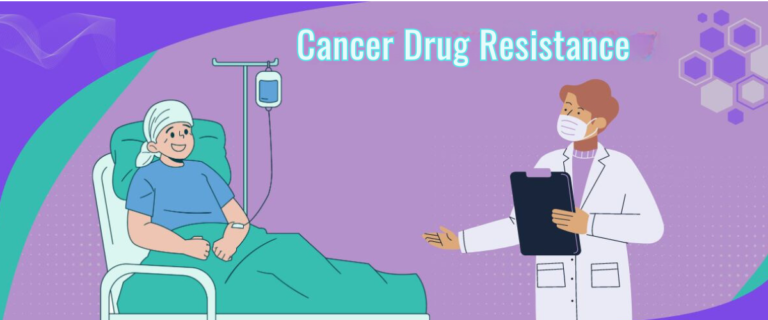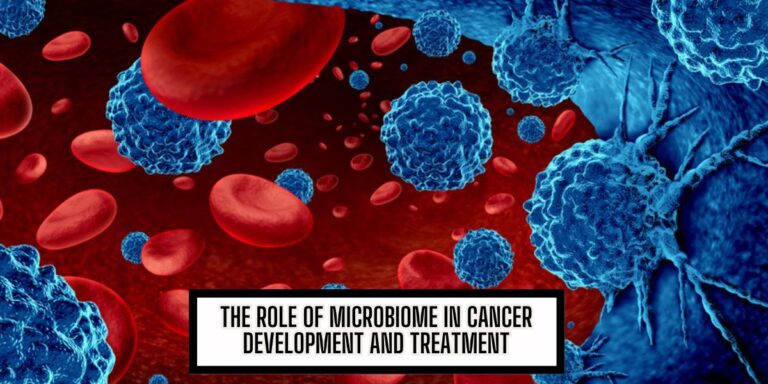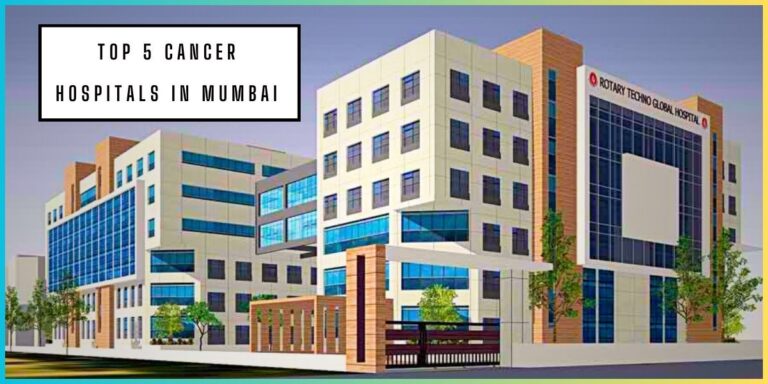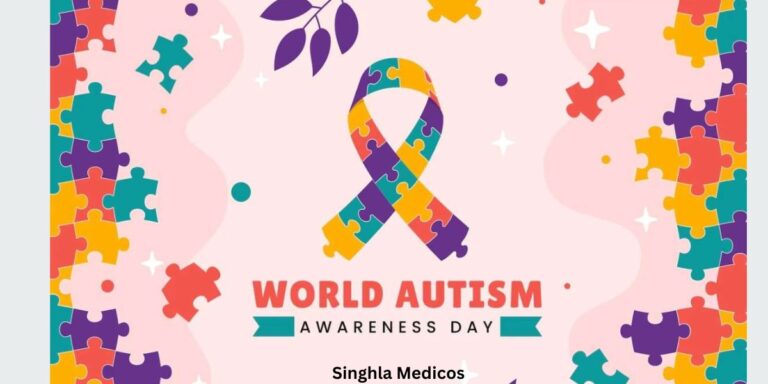BLOG
Six Most Common Heart Diseases in the Modern Era

Heart disease remains a leading cause of morbidity and mortality worldwide, particularly in the modern era where lifestyle factors and environmental conditions play a significant role. As we progress through the 21st century, understanding the most common heart diseases can help in prevention and management. Here’s an insightful look into six prevalent heart diseases today.
Six Most Common Heart Diseases
1. Coronary Artery Disease (CAD)
What It Is: Coronary Artery Disease (CAD) is one of the most common forms of heart disease, characterized by the buildup of plaque in the coronary arteries. This plaque narrows the arteries and restricts blood flow to the heart muscle, potentially leading to chest pain (angina) or heart attacks.
Modern Risk Factors: In the modern era, CAD has become increasingly prevalent due to lifestyle factors such as poor diet, lack of exercise, and high stress levels. Smoking and excessive alcohol consumption also significantly contribute to the development of CAD.
Prevention and Management: To manage CAD, focus on a heart-healthy diet, regular physical activity, and smoking cessation. Medications like statins and procedures such as angioplasty can also help manage the condition.
2. Heart Failure
What It Is: Heart Failure (HF) occurs when the heart is unable to pump blood effectively, leading to symptoms like shortness of breath, fatigue, and fluid retention. It can result from various underlying conditions, including CAD, hypertension, and previous heart attacks.
Modern Risk Factors: The rise in obesity rates, sedentary lifestyles, and the increasing prevalence of diabetes have contributed to the surge in heart failure cases. Additionally, advancements in medical technology have led to more accurate diagnoses of HF.
Prevention and Management: Managing heart failure involves lifestyle changes such as reducing salt intake, regular exercise, and weight management. Medications like ACE inhibitors and beta-blockers are commonly prescribed, and in severe cases, surgical interventions such as heart transplants may be necessary.
3. Arrhythmias
What It Is: Common types include atrial fibrillation (AFib), where the heart beats irregularly and often rapidly, and ventricular tachycardia (VT), which originates from the lower chambers of the heart.
Modern Risk Factors: Modern arrhythmias can be exacerbated by factors such as excessive caffeine consumption, high stress, and use of stimulant drugs. Other contributing factors include underlying heart conditions and changes related to aging.
Prevention and Management: Arrhythmias are often managed with medications like antiarrhythmics, lifestyle modifications, and, in some cases, procedures like catheter ablation. Regular monitoring and a healthy lifestyle are crucial in managing arrhythmias.
4. Hypertension
What It Is: It often develops over years and can lead to severe complications, including heart disease, stroke, and kidney damage.
Modern Risk Factors: In the contemporary world, the increasing prevalence of processed foods high in sodium, sedentary lifestyles, and chronic stress contribute significantly to hypertension. High levels of salt, excessive alcohol consumption, and obesity are notable risk factors.
Prevention and Management: Managing hypertension involves dietary changes, reducing salt intake, regular physical activity, and maintaining a healthy weight. Medications such as diuretics and ACE inhibitors are also commonly used.
5. Valvular Heart Disease
What It Is: Valvular Heart Disease involves damage to or a defect in one of the heart’s valves, which can disrupt the flow of blood through the heart. The condition can be congenital or acquired, with common types including aortic stenosis and mitral valve regurgitation.
Modern Risk Factors: The modern rise in valvular heart disease can be attributed to increased life expectancy, which leads to age-related valve degeneration. Additionally, conditions such as rheumatic fever, although less common today, still contribute to valve disease.
Prevention and Management: Management of valvular heart disease often involves medication to alleviate symptoms and improve heart function. In severe cases, surgical intervention such as valve repair or replacement may be required.
6. Peripheral Artery Disease (PAD)
What It Is: Peripheral Artery Disease (PAD) is a condition where the arteries supplying blood to the limbs become narrowed or blocked, usually due to atherosclerosis. This can cause pain and cramping in the legs, particularly during physical activity.
Modern Risk Factors: PAD is increasingly common due to the high prevalence of smoking, diabetes, and obesity in modern society. Sedentary lifestyles and poor dietary habits also play a significant role.
Prevention and Management: Managing PAD involves lifestyle changes such as quitting smoking, increasing physical activity, and managing diabetes and cholesterol levels. Medications and, in some cases, surgical interventions like angioplasty or bypass surgery may be necessary.
Conclusion
Understanding and addressing these common heart diseases is crucial in the modern era. By adopting a healthy lifestyle, staying informed about risk factors, and seeking timely medical care, individuals can significantly reduce their risk of developing heart disease. and Regular check-ups heart hospitals and a proactive approach to heart health are essential for preventing and managing these prevalent conditions.
related products
-
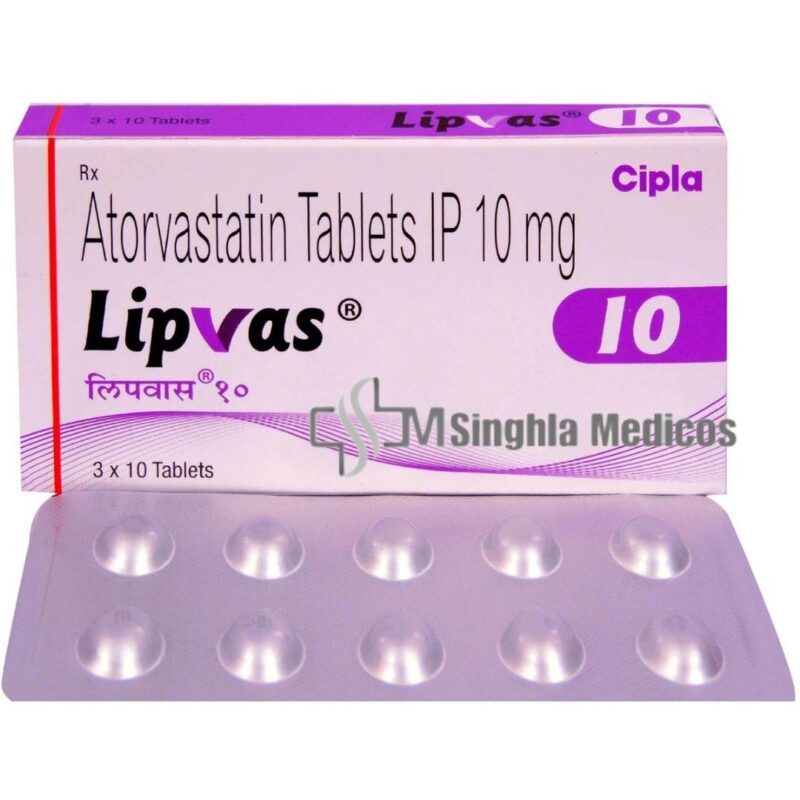 Lipvas 10 Tablet
Lipvas 10 Tablet
₹55.32Original price was: ₹55.32.₹49.79Current price is: ₹49.79. -
 Lipvas 20 Tablet
Lipvas 20 Tablet
₹140.67Original price was: ₹140.67.₹126.60Current price is: ₹126.60. -
 Lipvas 40 Tablet
Lipvas 40 Tablet
₹216.16Original price was: ₹216.16.₹194.54Current price is: ₹194.54.
5 Things To Know About Colorectal Cancer Screening
-
Posted by
admin
- 0 comments
Understanding Carcinogens and Their Impact on Health
-
Posted by
admin
- 0 comments
Overcoming Cancer Drug Resistance: Strategies & Solutions
-
Posted by
admin
- 0 comments
The Role of Microbiome in Cancer Development and Treatment
-
Posted by
admin
- 0 comments
Cancer Vaccines Current Developments and Future Prospects
-
Posted by
admin
- 0 comments
Top 5 Cancer Hospitals in Mumbai: Leading the Fight Against Cancer
-
Posted by
admin
- 0 comments
Innovative Drug Delivery Systems in Cancer Treatment
-
Posted by
admin
- 0 comments
Top 5 Cancer Hospitals in Kerala
-
Posted by
admin
- 0 comments
What is the cost of Chemotherapy in Hyderabad?
-
Posted by
Rahul Rai
Top 5 Cancer Hospitals in Bihar
-
Posted by
Rahul Rai
- 0 comments
World Autism Awareness Day: Understanding, Acceptance, and Support
-
Posted by
admin
- 0 comments
Top 5 Cancer Hospitals in Sikkim
-
Posted by
admin
- 0 comments


